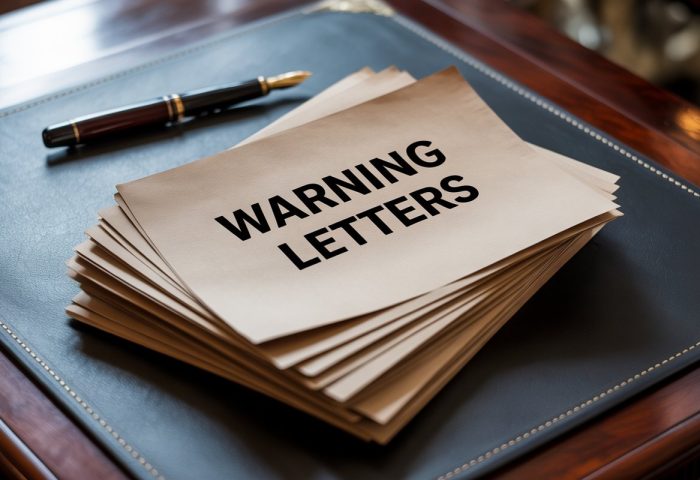In the field of HRM, maintaining discipline and professionalism is important to ensure workplace efficiency and a healthy work environment. One of the most regularly used tools by HR professionals to manage employee behaviour is the warning letter. This blog will help the beginners and even the ones with some experience in the HR field with an all-inclusive understanding of warning letters, their purpose, formats, types and how to draft them effectively.
What is a Warning Letter?
A warning letter is an official document issued by the employer or HR department to an employee. This piece of paper highlights the behavioural issues, performance deficiencies or violations of the company policies. It is an action taken to have a written record filed in the HR department of the company and is also the first step taken in the steps of disciplinary action.
Whether it is a warning letter for poor performance, indiscipline or negligence, it serves both as a corrective measure and as a documentation in case further action is needed.
Importance of Warning Letters in HRM
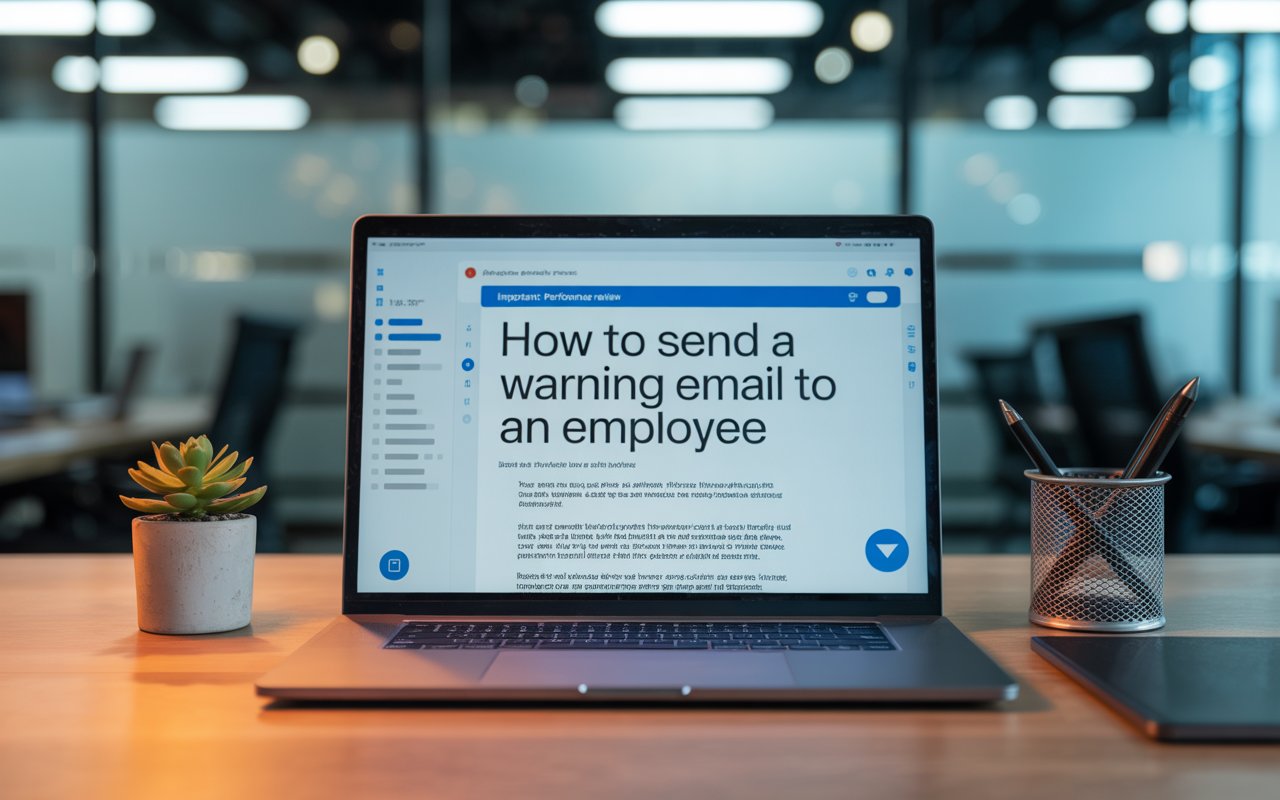
- It helps in maintaining organisational discipline.
- This document addresses employee misconduct or performance issues.
- It also gives employees a chance to improve.
- Helps protect the company in legal situations.
- This issuance of the document acts as an official record of communication
Making use of the warning mail to the employees can significantly help in improving accountability and also reduce repeated offences.
When to Issue a Warning Letter to an Employee
Below are some of the common situations where a warning letter to an employee may be necessary:
- Poor performance
- Negligence of duty
- Unprofessional behavior
- Unauthorized absence
- Leave without information
- Late coming
- Carelessness in work
- Safety violations
- Indiscipline behaviour
Every one of the above cases needs specific documentation and language, making it an important element to be used as the right warning letter format for the employees.
Types of Warning Letters
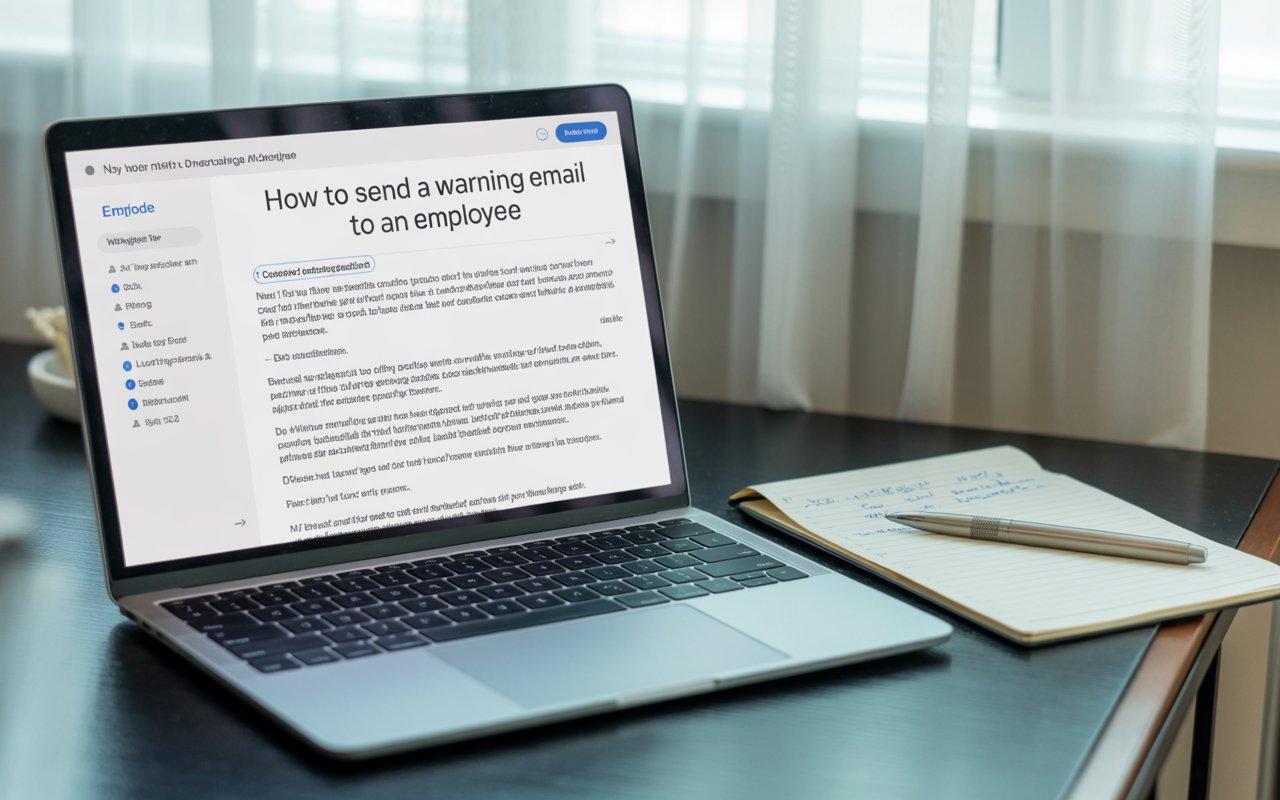
- Warning letter for poor performance: PIPs are issued to an employee who fails to meet job expectations consistently.
- Warning letter for negligence of duty: These warning letters are issued when responsibilities are ignored or performed carelessly by an employee.
- Warning letter to employee for unprofessional behaviour: An employee receives this warning letter for rude, inappropriate, or disrespectful actions at work.
- Warning letter to employee for absence: This warning letter is issued to the employee who has taken leave many times without prior notice or approval for short (one-day)and long-term leave (10 days).
- Warning letter for indisciplined behaviour: Issued to the employees to address their unprofessional behaviour that disrupts harmony and professionalism.
- Warning letter for carelessness in work: When the employee exhibits a pattern of careless mistakes.
- Warning letter for being late: The HR can issue this letter to the employees for being late to log in, which affects productivity.
- Warning letter for safety violation: For not following safety rules, risking workplace accidents.
- Punishment letter: These are issued to the employees in cases which are more severe than a warning letter, and are used when issues persist and there is no sign of improvement.
How to Write a Warning Letter
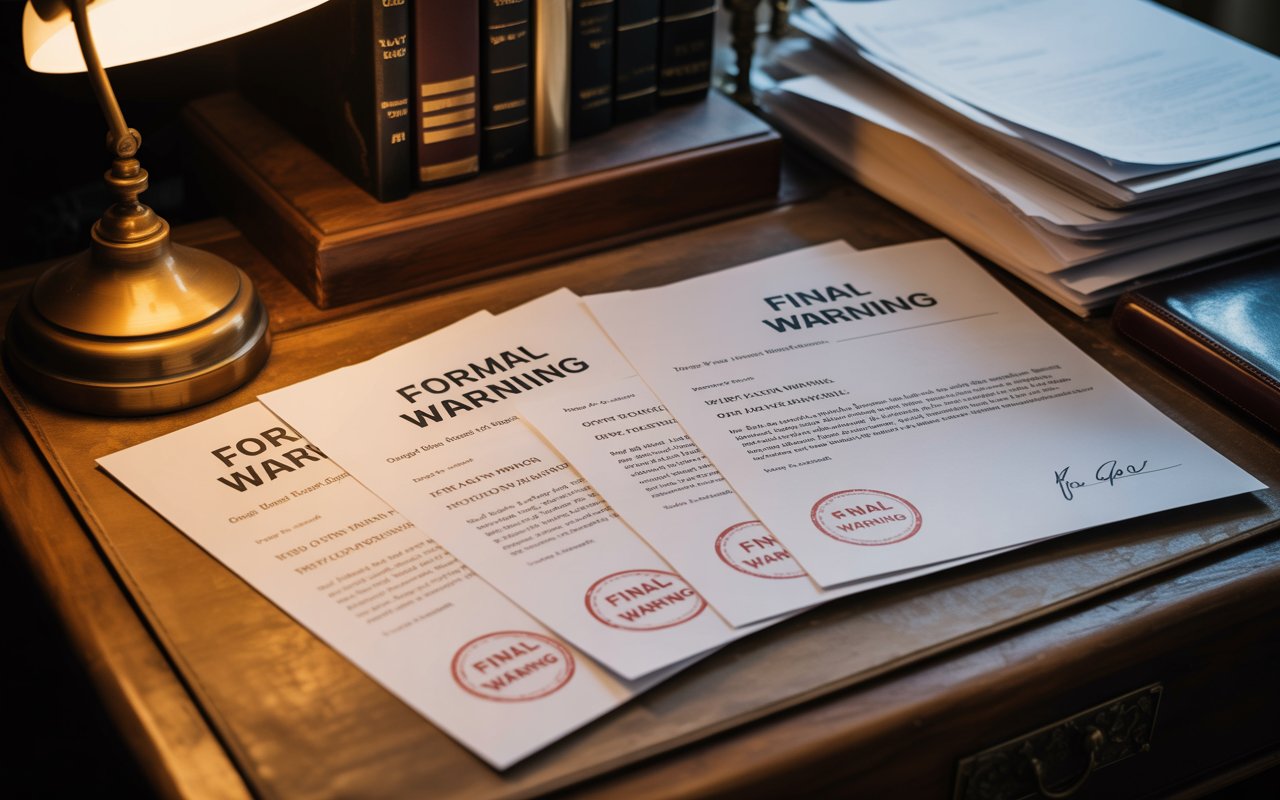
Scratching your head on how to write a warning letter? Below is a simple format that can be followed.
1. Header
- Company letterhead
- Date
- Subject line (e.g., “Warning Letter for Poor Performance“)
2. Salutation
- Address the employee formally (e.g., “Dear Mr Sharma”)
3. Introduction
- State the purpose of the letter
- Mention previous verbal or written warnings, if any
4. Body
- Clearly describe the incident or behaviour
- Provide specific dates, times, and examples
- Mention the impact on the team or organisation
5. Expectations and Consequences
- State the required improvement or behavioural change
- Mention the consequences if the behaviour continues
6. Closure
- Offer support if applicable
- Include your name, signature, and HR designation.
Warning Letter Format
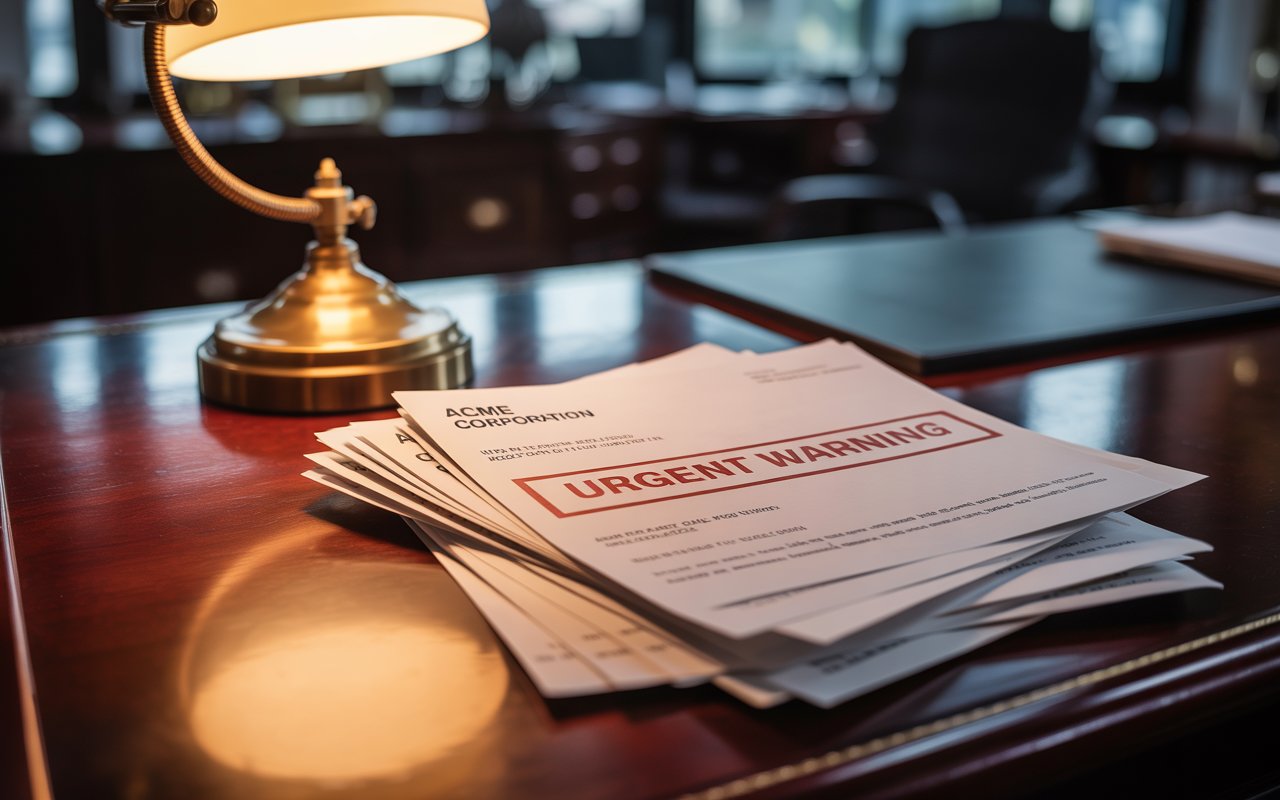
Below is a simple and very basic warning letter to an employee, formatted in the Word style:
[Company Letterhead]
Date: [DD/MM/YYYY]
To: [Employee Name]
Designation: [Job Title]
Subject: Warning Letter for [Specify Reason]
Dear [Employee Name],
This is to formally inform you that your behaviour/performance has not been satisfactory due to [mention specific reason]. Despite previous discussions/verbal warnings, we have observed no improvement.
You are hereby warned that further repetition of such behaviour will lead to stricter disciplinary actions, which may include suspension or termination.
We expect immediate improvement and trust you will treat this matter seriously.
Examples of Common Warning Letters
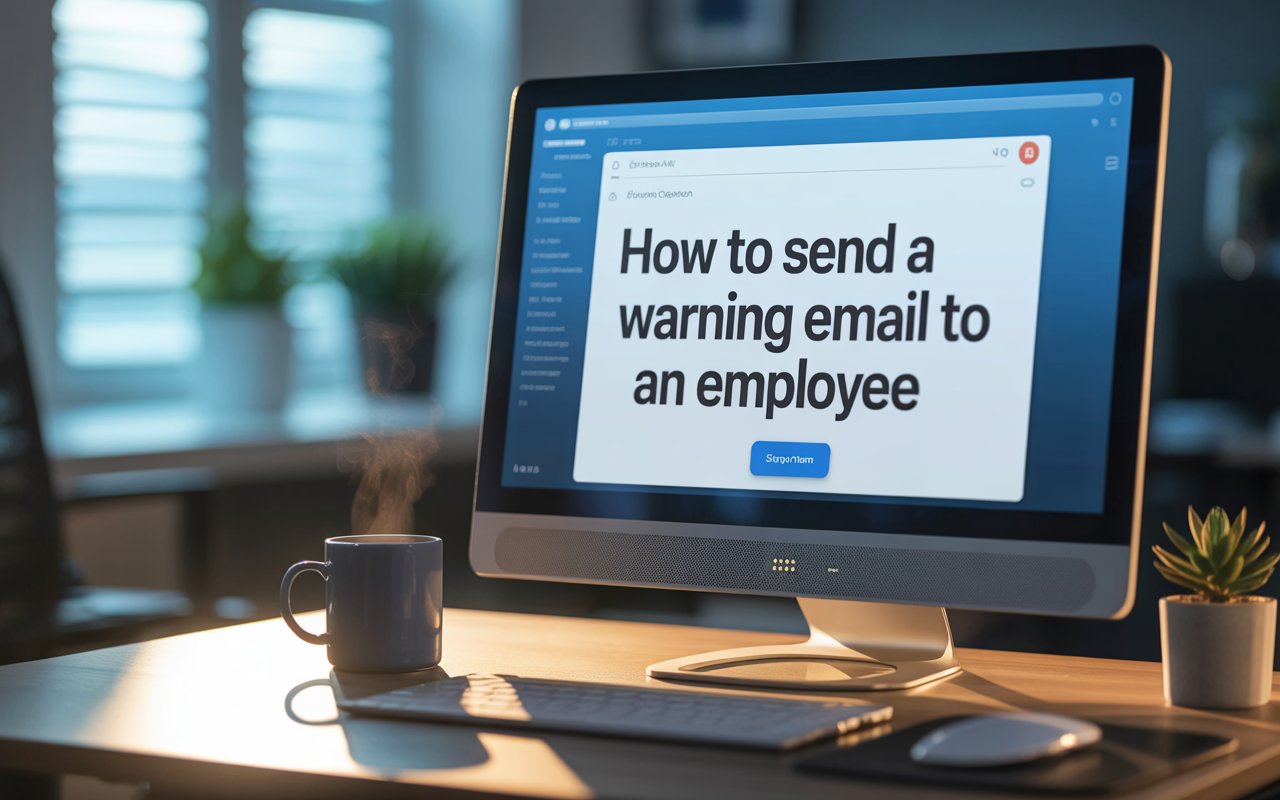
1. Sample Warning Letter for Poor Performance
As an HR, you can use this example of a warning letter for poor performance if the employee fails to meet the KPIs. You can start by addressing the employee:
“Your performance has not been meeting satisfactory levels for a continuous period and is falling short of meeting the expectations. As discussed earlier, during our performance review on [Date], the targets have not been met consistently.”
2. Warning Letter for Negligence of Duty
“It has been brought to our attention that you have been neglecting your responsibilities, causing delays in project submission and causing confusion amongst the team.”
3. Warning Letter for Late Coming
“You have been reportedly coming late to work on multiple occasions, most recently on [date]. This has been affecting the team’s productivity and is unacceptable.”
4. Warning Letter to Employee for Unprofessional Behaviour
“We have received reports and complaints of your inappropriate conduct during the team meeting on [Date], which is a serious offence against our professional standards.”
5. Warning Letter to Employee for Leave Without Information
“You were absent from work on the following dates [Dates mentioned] without informing your senior or supervisor.. This unauthorised leave will disrupt the workflow and also violate the HR policies.”
How to Send a Warning Email to an Employee
Typically, formal printed warning letters are a very common way HR uses; however, many companies now send a warning email to the employees. Make sure:
- The subject line should be clear and precise(e.g., “Warning Regarding Your Attendance“)
- The email should have a professional tone and be concise.
- All details should be very clearly mentioned.
- A read receipt is requested if necessary
Sample Caution Letter to Employee
A sample caution letter to an employee may be slightly less severe than a warning letter, but it still serves as a formal alert:
“This is a caution letter regarding your recent behaviour in the workplace. The continued issues will result in issuance of formal warnings or disciplinary action leading to termination if appropriate action is not taken on time.”
Tips for Writing an Effective Warning Letter
- Always be specific and factual.
- Avoid sounding emotional or making use of subjective language.
- Stick to a professional tone strictly throughout the letter.
- Maintain confidentiality and non-disclosure of unnecessary information.
- Always keep a copy of the warning letter in the employee’s records for future reference.
Legal Considerations in Issuing a Warning Letter
- Make sure it complies with the labour laws.
- Maintain a constant consistency across all employees.
- Give the employee a chance to respond and reciprocate on their actions.
- Follow up with the performance reviews or counselling sessions.
Having a proper handling of warning letters to the employee matters as it can help in preventing lawsuits and also promote a culture of fairness.
Final Thoughts
Having an effective warning letter process can help in safeguarding the company’s integrity, boost employee performance, and take corrective measures for negative behaviour. So, whether you are drafting a warning letter for negligence, issuing a punishment letter or generating a warning email to an employee, always make sure to follow due diligence.
While drafting the warning letter, make use of templates, follow a proper warning letter format, and also document everything for future reference. A professionally handled warning letter to an employee can lead to a positive change, reinforce trust and discipline in the workplace.
As companies are adopting HRMS software highly for their HRM functions, DoInsights is one of the leading HRM software providers in India, helping the companies to effectively and efficiently handle their HRM functions and actions through a single dashboard. Hence, if you are someone who is looking for an HRMS, then partner with DoInsights and handle your team effortlessly. To know more or get a free demo session, contact DoInsights today!
